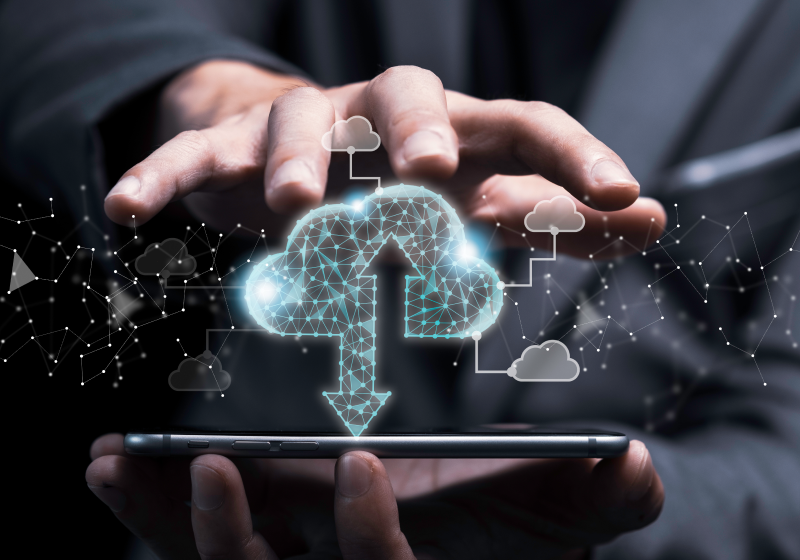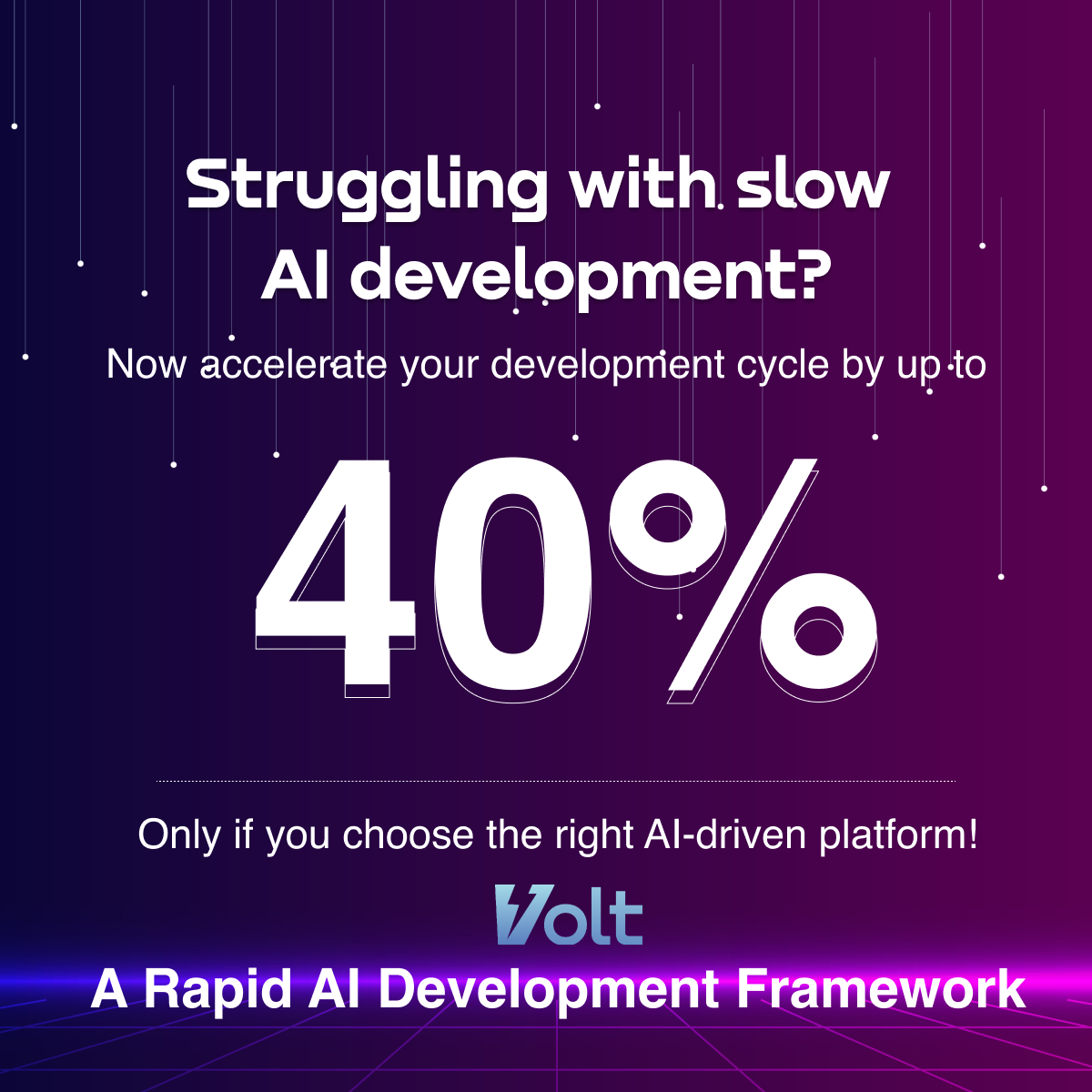Legacy Application
Legacy Application Modernization: A Guide to Upgrading Legacy Systems
 Updated 21 Feb 2025
Updated 21 Feb 2025

Businesses across all industries understand that digital evolution has modernized the fundamental legacy applications. A report indicates that the worldwide legacy application modernization services market generated USD 17.80 billion in revenue during 2023, and it is predicted to reach USD 52.46 billion by 2030 through a projected annual growth of 16.7% from 2024 to 2030. The expanding market indicates that organizations must rush to replace their outdated systems because it is essential for their business success and operational effectiveness.
The Gartner survey reveals that legacy software modernization stands as essential for digital transformation, according to more than 90% of IT leaders responsible for decision-making. Current businesses operating with old applications must deal with multiple challenges, including security weaknesses, expensive maintenance, and conflicts when integrating modern tools. Businesses now make legacy application modernization services their strategic priority because they need to optimize agility and scalability and improve performance.
What is Legacy Application Modernization?
Organizations maintain and operate outdated software and systems known as legacy applications even though new alternatives exist. The systems operate with obsolete technology platforms, which prevents their integration with present-day digital software. The operational existence of legacy applications creates issues because they generate substantial challenges that impact maintenance requirements and security measures, as well as performance capacity.
Legacy applications typically rely on outdated programming languages, old hardware infrastructure, and unsupported databases. Due to these limitations, businesses face difficulties in adopting cloud computing, AI-driven analytics, and automation technologies. This is where legacy application modernization plays a crucial role in transforming these outdated systems into efficient, future-ready solutions.
The Need for Legacy Application Modernization
1. Security Vulnerabilities
Being without recent security patch installations results in legacy systems becoming highly prone to cyber-attacks. Application modernization efforts reduce existing security risks by fulfilling requirements from current security requirements.
2. High Maintenance Costs
Maintaining outdated applications proves expensive since organizations need large sums of money for repair work, system improvements, and problem-solving. Transferring operations to contemporary platforms permits businesses to decrease their platform expenses and execute more efficiently.
3. Limited Scalability
Traditional legacy systems lack the features needed to expand according to business expansion. Modernization enables companies to develop adjustable applications that handle more significant responsibilities and resulting user expectations.
4. Integration Challenges
Traditional business applications face difficulties in linking up with new cloud solutions alongside API systems and outside services. Through modernization, businesses can achieve effortless connectivity, which leads to enhanced business procedures and procedural effectiveness.
5. Performance Bottlenecks
The performance of outdated applications results in both inefficient operations and slow loading times, as well as system downtime. System modernization leads to better performance and reliability and establishes better usability for end-users.
Struggling with Legacy Systems? We Have the Solution!
Partner with Q3 Technologies for seamless modernization, cloud migration, and performance optimization.
Legacy Application Modernization Approaches
1. Rehosting (Lift-and-Shift)
The basic approach for legacy application migration moves existing applications to the cloud space without changing their core operational structure. The application of this approach delivers fast and affordable improvements to both speed and scalability.
2. Replatforming
The application maintenance approach of re-platforming requires minor changes to help the application run optimally on updated infrastructure frameworks. Maintaining performance while migrating certain cloud services and updating middleware elements as well as database systems falls under this method.
3. Refactoring
Application codebase reconstruction through refactoring creates better efficiency and maintenance features for the application. Organizations gain better scalability together with enhanced security features and improved integration features after implementing this approach.
4. Rebuilding
Some businesses decide to develop entirely new applications through modern platforms for replacement purposes. The complete freedom of system design, which suits current business requirements, can be achieved through this approach.
5. Replacing
The most sound solution for outdated software includes its complete replacement with a brand-new modern application. Access to modern features combined with no restrictions from legacy technology becomes possible through this update method.
Legacy Application Migration to Cloud
1. Cloud-Native Transformation
The process of transforming applications for cloud environments requires using microservices along with containers and serverless computing to develop native cloud-based solutions. The implementation method enables users to optimize system scalability and peak operational efficiency.
2. Hybrid Cloud Migration
Businesses tend to choose hybrid cloud migration, which moves part of their legacy system to cloud infrastructure without relocating all components. Such methodology provides businesses with transition continuity while maintaining operational stability.
3. Middleware Components Interacting with Legacy Applications
Software middlewares enable legacy applications to connect with new platforms by maintaining smooth data sharing and integration processes.
Future-Proof Your Business with Legacy Application Modernization!
Upgrade your outdated systems with Q3 Technologies expert modernization solutions for enhanced security, scalability, and efficiency.
Why Choose Q3 Technologies for Legacy Application Modernization?
The speciality of Q3 Technologies lies in its role as a significant legacy application modernization company built to convert antiquated systems into state-of-the-art solutions for digital environments. Here’s why businesses choose Q3 Technologies:
1. Comprehensive Modernization Services
As part of its legacy application modernization services, Q3 Technologies provides rehosting, re-platforming and refactoring, and cloud migration offerings to clients.
2. Expertise in Cloud Technologies
The company excels at transferring legacy applications to cloud environments where they achieve secure integration while gaining scalability features.
3. Customized Modernization Strategies
Q3 Technologies creates specialized modernization programs that are customized to individual business needs to prevent operational disruptions and achieve maximum operational efficiency.
4. Security-First Approach
Q3 Technologies provides modernized applications that fulfil industry security standards and best practices through its dedicated focus on cybersecurity.
5. Proven Track Record
The organization delivers modernized legacy applications with superior performance and reduced costs to clients across different business sectors.
Conclusion
The specific transformation of legacy applications is an essential requirement for modern organizations that want to maintain their market competitiveness. Organizations achieve enhanced security benefits from system updates while reducing expenses, improving performance, and gaining integration capabilities with modern technology. The integration with a reliable legacy application modernization service provider at Q3 Technologies produces a hassle-free transition that enables businesses to discover fresh development possibilities.
FAQs
What is a legacy application?
A legacy application is outdated software still in use despite newer alternatives, often running on old technology and difficult to maintain.
Why do businesses need legacy application modernization?
Modernization enhances security, reduces maintenance costs, improves scalability, and enables integration with new technologies.
What are the biggest risks of using legacy applications?
Security vulnerabilities, high operational costs, integration challenges, slow performance, and lack of support from vendors.
What are the common approaches to modernizing legacy systems?
Approaches include rehosting (lift-and-shift), replatforming, refactoring, rebuilding, and replacing outdated systems.
How does cloud migration benefit legacy applications?
Cloud migration improves scalability, reduces infrastructure costs, enhances security, and ensures seamless access from anywhere.
What is the difference between rehosting and refactoring?
Rehosting moves applications to the cloud without changes, while refactoring involves modifying the code to optimize performance and scalability.
How much does legacy application modernization cost?
Costs vary based on complexity, ranging from minor updates to full system rebuilds, typically from thousands to hundreds of thousands of dollars.
How long does it take to modernize a legacy system?
The timeline depends on the complexity, but modernization projects can take anywhere from a few months to over a year.
How does Q3 Technologies help with legacy system modernization?
Q3 Technologies offers comprehensive services, including re-platforming, refactoring, and cloud migration, with a security-first approach.
How can businesses ensure a smooth transition during modernization?
By conducting thorough planning, selecting the right modernization approach, ensuring data security, and working with experienced service providers.
Explore More

Health Insurance App



